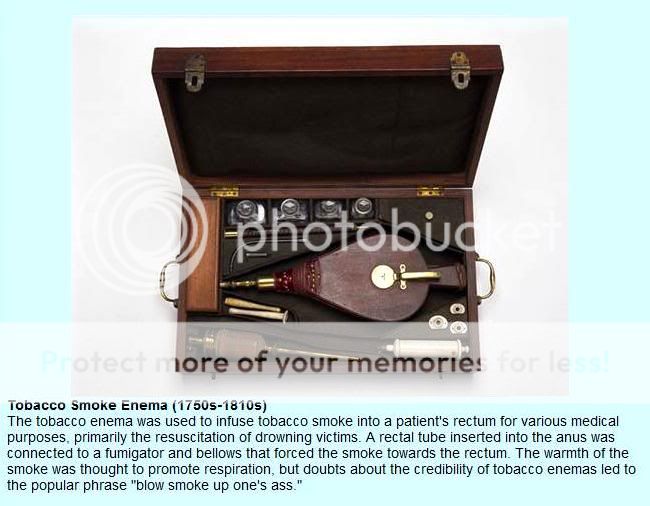I don't bother with the CPR face shield. Studies have shown that the act of CPR in itself is enough to ventilate any VSA pt. There is currently a proposal for a study which will include ONLY CPR and NO VENTILATIONS.
I have no idea what Emergency Cardiac Care guidelines are used or what the standard protocols are north of the border, but current American Heart Association guidelines are:
"In the event that the victim you encounter in the out-of-hospital setting is an adult who has
suddenly collapsed, your skills can be used to perform:
Conventional (30:2) CPR — breaths
combined with chest compressions
or
Hands-Only CPR — chest compressions only
Both methods have been shown to be effective
in the first few minutes of an out-of-hospital adult cardiac arrest."
"Hands-Only CPR
*IS NOT* recommended for:
• Unresponsive infants and children
• Victims of
– drowning
–
***trauma***
– airway obstruction
– acute respiratory diseases
– apnea, such as associated with drug overdose"
"Hands Only" is not the first, best choice, for trauma, but it is an option. To each his own, depending on your training, equipment, and level of commitment. I teach a lot of CPR, ventilation is a good thing, done appropriately, especially for traumatic injuries.
I recommend anyone following this post take a HeartSaver CPR/First Aid course. I'd be glad to do a class for anyone in my area free of charge.






















































